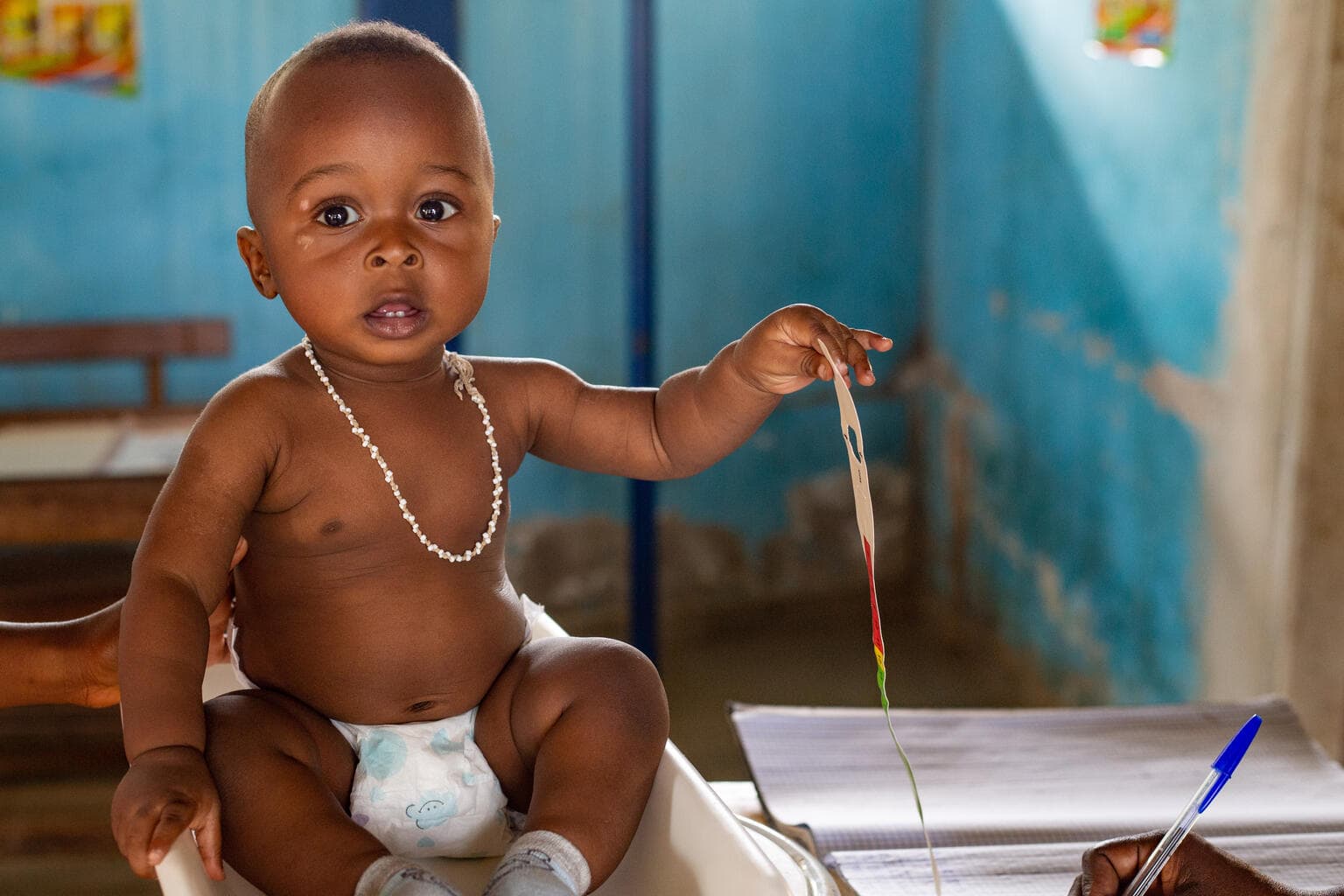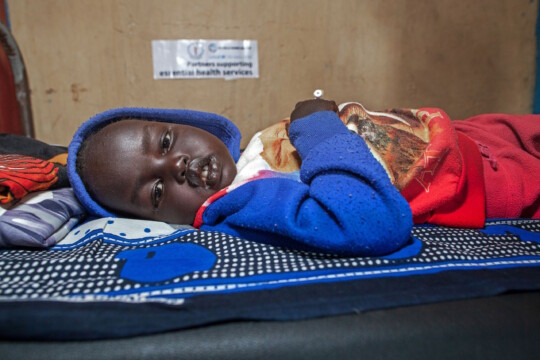This year’s United Nations Inter-agency Group for Child Mortality Estimation (UN IGME)’s findings represent a noteworthy moment in the ongoing campaign to end all preventable child deaths: The annual number of under-five deaths has fallen to 4.9 (4.6–5.4) million in 2022. The report reveals that more children are surviving today than ever before, with the global under-5 mortality rate declining by 51 per cent since 2000. And several low- and lower-middle-income countries have outpaced this decline. This is a testament to the commitment of governments, organizations, local communities, health-care professionals and families to the survival of the most vulnerable members of our global community.
Yet millions of children still died before seeing their fifth birthday – a loss that serves as a crucial reminder that threats to newborn and child health and survival persist around the world, particularly among the most marginalized children. In addition to the 4.9 million lives lost before the age of 5 – nearly half of which were newborns – the lives of another 2.1 million children and youth aged 5-24 were also cut short. Most of these deaths were concentrated in sub-Saharan Africa and Southern Asia. There is still a long road ahead to end all preventable child and youth deaths.
Ending preventable child deaths in every community will require targeted investments in available, accessible quality health care, including skilled health personnel at birth, antenatal and postnatal care, care for small and sick newborns, preventive services such as vaccination, and diagnostic, preventive and curative measures to treat the key causes of childhood death. Data systems must also be strengthened to track and monitor survival by age and to help address underlying inequalities. This will enable us to move closer to achieving the Sustainable Development Goals and ensure that every child has the opportunity to thrive.
Explore the data
More children are surviving today than ever before, as the number of child deaths around the world reached a historic low in 2022
In 2022, the annual number of under-five deaths dropped to 4.9 million. And since 2000, the global under-five mortality rate (U5MR) has declined by more than half. This notable achievement has been driven largely by sustained commitment on the part of governments, organizations, local communities, health care professionals and families.
Yet the annual death toll among children, adolescents and youth remains unacceptably high
Of the 4.9 million under-five deaths in 2022, 2.3 million occurred during the first month of life and 2.6 million children died between the ages of 1 and 59 months. The lives of an additional 2.1 million children, adolescents and youth ages 5–24 were also cut tragically short that year. Between 2000 and 2022, the world lost 221 million children, adolescents and youth. That’s nearly the entire population of Nigeria, the sixth-largest country by population. Children younger than 5 comprised 162 million of these lives lost, almost equal to the population of Bangladesh, the world’s eighth-most-populous country. Neonatal deaths accounted for 72 million of those under-five deaths, while 91 million deaths occurred among children aged 1–59 months. And nearly 53 million stillbirths took place between 2000 and 2021 – deaths that are often missed by policymakers and in programme actions and data collection.
Children face unequal chances of survival based on where they live, their socio-economic status and if they live in a fragile or conflict-affected setting
Though global rates of child mortality are declining, these averages mask persistent and entrenched inequities among vulnerable populations of children. A child born in sub-Saharan Africa is on average 18 times more likely to die before turning 5 than one born in the region of Australia and New Zealand, while the risk of death among those younger than 5 in the highest-mortality country is 80 times that of the lowest-mortality country. When children are born into the poorest households or a fragile and conflict-affected setting, their chances of survival plummet.
Progress is possible, even in low- and lower-middle-income countries
Several low- and lower-middle-income countries have outperformed the global decline in under-five mortality, in some cases slashing their rates by more than two thirds since 2000. These inspiring outcomes demonstrate the high returns when investments are made in maternal, newborn and child health and survival. They also provide important proof that if sustained and strategic action is taken – even in resource constrained settings – levels and trends in under five mortality will shift and lives will be saved.


